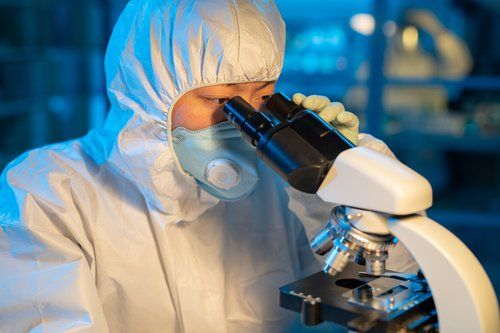Artificial intelligence, despite causing apprehension among some, has already demonstrated its potential to benefit humanity in significant ways. Researchers have leveraged this technology to identify a new antibiotic capable of combating a drug-resistant superbug categorized as a “critical” threat by the World Health Organization. The study, published recently, reveals that the application of machine learning by scientists from McMaster University and the Massachusetts Institute of Technology enabled them to discover an effective antibiotic to eliminate Acinetobacter baumannii, a bacterium frequently present in medical facilities and responsible for severe infections.
Acinetobacter baumannii has the potential to disseminate over short distances through the air, carried by water droplets. However, the predominant mode of transmission is from person-to-person, primarily facilitated by the hands of healthcare workers.
Acinetobacter baumannii has developed resistance against a vast majority of antibiotics, prompting the World Health Organization to issue an urgent call for the development of new antibiotics to combat it in 2017. However, the study suggests that artificial intelligence may be instrumental in achieving this objective. The study published in the journal Nature Chemical Biology highlights that the utilization of machine learning methodologies enables the swift exploration of chemical space, thereby increasing the likelihood of discovering novel chemical compounds possessing antibacterial properties.
Machine learning, a subfield of artificial intelligence, involves the automated learning of computers from historical data. In the context of disease control, this technology can be employed to screen a vast number of molecules, ranging from hundreds of millions to billions, to identify those with the requisite antibacterial properties.
The researchers, in this instance, screened 7,500 molecules and identified a novel antibacterial compound, abaucin. Although further testing is necessary before it can be implemented, laboratory experiments demonstrated its efficacy in treating infected wounds in mice. The researchers have characterized it as a “promising lead,” underscoring the potential of machine learning in expediting the discovery of antibiotics.




